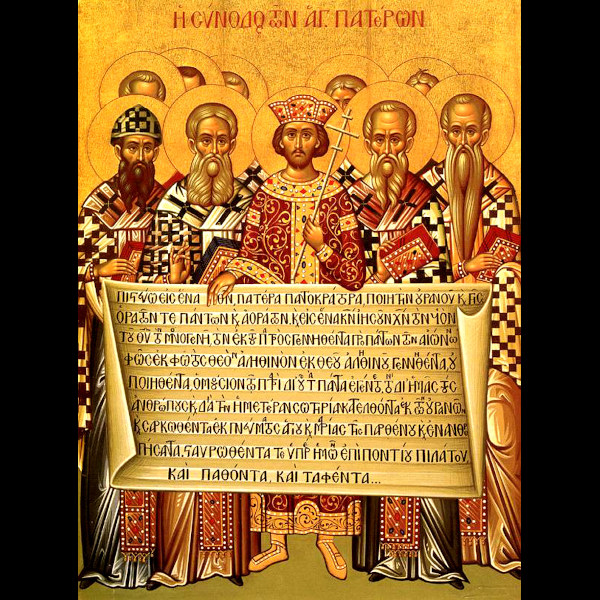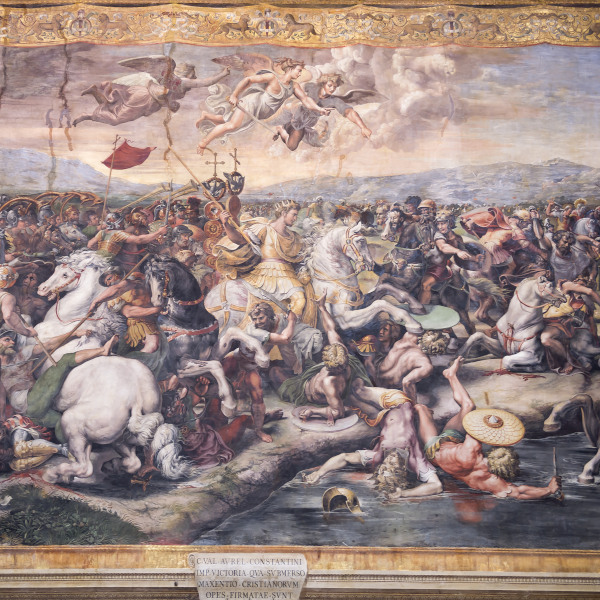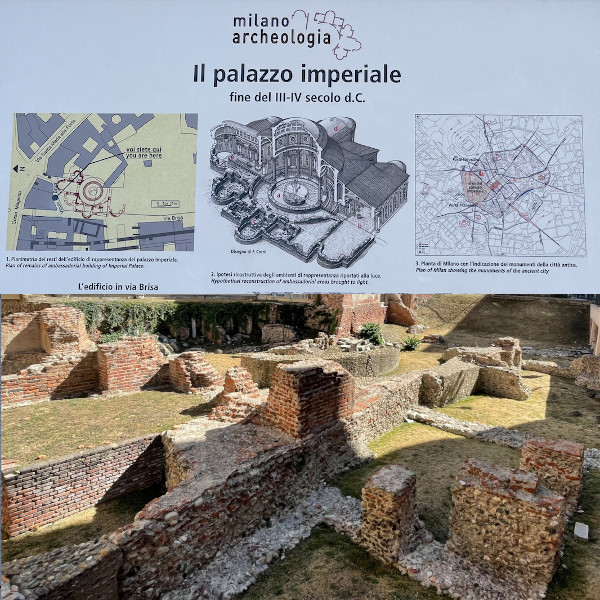DNA spotlight
Sunken Basilica of Saint Neophytos
Lying just meters under the waves and 20 meters from the coastline emerged an over 1600 year old basilica forgotten just 100 km from Istanbul. Located in what was an ancient Greek city called Nicaea, the early church was clearly of historical significance. Engraved on the ruins was the name St. Neophytos - it was determined this basilica had indeed been built in his honor. Who was Saint Neophytos? He was a Roman citizen born of Christian parents who went to Nicaea in 303 AD and boldly denounced the pagan faith - only to be killed by no less than 16 Roman soldiers. It turns this church was built after 325 AD exactly on the spot where Neophytos had been killed. An earthquake in 740 AD sunk the basilica under the sea where it was forgotten until being rediscovered in 2014. The significance of this basilica cannot be underestimated!

In 325 AD, the First Council of Nicaea met here for the first time representing all of early Christendom. Their main accomplishment was to settle the divine nature of the one God, the Son and his relationship to God the Father, constructing the first part of the Nicene Creed, mandating the uniform obervance of the date of Easter, and establishment of early canon law. This was a key event of early Christianity and had a major impact on development of the religion. The Nicene Creed was defined here to unify the beliefs of mainstream Christianity - and it was attended by Emperor Constantine I and the top bishops shown here in this icon. Constantine I had seized power by defeating the Western Emperor Maxentius in 312 AD and the Eastern emperor in 324 AD unifying the Roman Empire and declaring Christianity as the official religion of the Roman Empire.

The same year as seizing full power, Constantine renamed the ancient Greek city Byzantium to Constantinople and delcared it the new capital of the Roman Empire. Constantine had humble origins as the son of an Illyrian Roman army officer (later Emperor Constantius) and a Greek Christian of low birth. He had served with distinction in the Roman army under co-emperors Diocoletian and Maximian. He worked his way up the ranks defeating Franks, Alemanni, Goths and Sarmatians. His father Constantius became the Senior Emperor of Rome in 305 and launched a campaign against the Picts in Britain - but died the next year in York. A huge power struggle erupted - which ultimately boiled down to Constantine vs Maxentius (the son of Maximian). The decisive Battle of the Milvian Bridge in October 312 AD (depicted here) led to the death of Maxentius and rise of Constantine.

Shown here are the remains of the Palace of Maximian in Mediolanum - today Milan. It was from this palace that Constantine I had decreed in 313 AD that Christians would be given legal status and a reprieve from persecution. Mediolanum had been the capital of the Western Roman Empire in 286 AD - at the time Emperor Diocletian relocated the capital closer to the frontiers which had been under barbarian attack. Later in 402 AD the capital had to be moved to Ravenna which was easier to defend as Mediolanum fell to the ravages of the Gothic War and Lombards. Perhaps you have ancestral ties to the Spotlight samples shown here from the Basilica of Nicaea - if so this links you not only to fabulous locations you can explore today, the origins of modern Christianity but also to a complex history going back to the power struggles of Ancient Rome.
Sample: Byzantine Period Underwater Basilica Nicaea Anatolia
- Sample ID: I14799
- Year: 375 AD
- Sex: Male
- Location: 40.42,29.71
Sample: Byzantine Period Underwater Basilica Nicaea Anatolia
- Sample ID: I8370
- Year: 500 AD
- Sex: Male
- Location: 40.42,29.71
Sample: Byzantine Period Underwater Basilica Nicaea Anatolia
- Sample ID: I8368
- Year: 600 AD
- Sex: Female
- Location: 40.42,29.71
Sample: Byzantine Period Underwater Basilica Nicaea Anatolia
- Sample ID: I8373
- Year: 600 AD
- Sex: Female
- Location: 40.42,29.71



